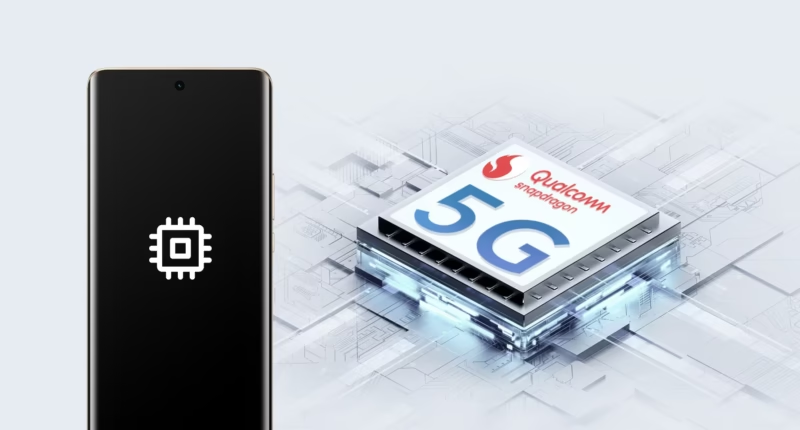The Journey of Smartphone Processors: From Early Chips to Modern Powerhouses
Smartphone processors are the heart of mobile devices, determining speed, efficiency, and overall performance. Over the last two decades, these tiny chips have evolved dramatically, powering everything from simple calls to high-end gaming and AI applications.
The Early Days of Mobile Processors
Single-Core Beginnings
In the early 2000s, smartphones relied on single-core processors like the ARM-based chips found in early Nokia and BlackBerry devices. These processors were sufficient for basic tasks such as calling, texting, and simple apps, but struggled with multimedia or multitasking.
The Rise of Symbian and Early Windows Mobile
Processors in early Symbian and Windows Mobile devices were limited to 200-400 MHz, offering basic functionality but highlighting the need for more powerful and efficient chips as smartphones became more capable.
Transition to Multi-Core and 32/64-Bit Architecture
Dual-Core and Quad-Core Era
Around 2010, smartphones began adopting dual-core and quad-core processors. Chips like the Qualcomm Snapdragon S4 and Apple A6 enabled faster multitasking, smoother graphics, and improved battery efficiency. Users could now enjoy apps, games, and browsing without noticeable lag.
64-Bit Processors
In 2013, Apple introduced the A7 chip with 64-bit architecture in the iPhone 5S. This marked a major milestone, allowing smartphones to handle more memory, improve performance, and support advanced applications. Soon, other manufacturers like Samsung and Qualcomm followed with 64-bit processors.
Modern Smartphone Processors
System-on-Chip (SoC) Integration
Modern processors, like the Apple M-series, Qualcomm Snapdragon 8 Gen series, and Samsung Exynos, integrate CPU, GPU, AI engines, and modem into a single SoC. This allows smartphones to deliver powerful performance while maintaining energy efficiency.
AI and Machine Learning Capabilities
Today’s processors include dedicated AI cores for tasks like image recognition, voice assistants, and computational photography. Chips like the Apple A19 Bionic and Snapdragon 8 Gen 4 enable features such as real-time language translation, advanced camera effects, and smart battery management.
Energy Efficiency and Performance Balance
Modern smartphone processors are designed with efficiency in mind, balancing high performance with long battery life. Advanced fabrication technologies (like 3nm and 4nm process nodes) make processors smaller, faster, and more energy-efficient than ever before.
Conclusion
The journey of smartphone processors has been a story of rapid innovation, from single-core chips to today’s AI-powered SoCs. Each generation has pushed the boundaries of what smartphones can do, enabling new experiences in gaming, photography, productivity, and connectivity. As technology continues to evolve, the next generation of processors promises even faster, smarter, and more energy-efficient devices, further transforming our mobile experiences.









